The culinary landscape of the United States has evolved dramatically over the years. As new trends emerge and global influences seep into American kitchens, some traditional dishes have quietly slipped into obscurity. This blog explores 20 such U.S. dishes that were once household favorites but are now nearly extinct. Through changing tastes, cultural shifts, and the rise of new ingredients, these culinary relics tell the story of America’s dynamic food history. Discover the forgotten flavors, unique recipes, and charming cultural anecdotes that accompany these lost treasures of American cuisine.
Scrapple

Scrapple, a dish rooted in Pennsylvania Dutch tradition, offers a savory taste of the past. Made from pork scraps, cornmeal, and spices, this loaf was once a breakfast staple. Many recall it sizzling in cast iron skillets, filling kitchens with its comforting aroma. Today, health-conscious eaters often overlook scrapple due to its high-fat content.
Despite its decline, scrapple evokes nostalgia for simpler times, reminding us of farm-fresh mornings. The dish’s hearty flavors, though less common, still resonate with those who grew up on it. A testament to culinary ingenuity, scrapple remains a cherished memory for some.
Liver and Onions
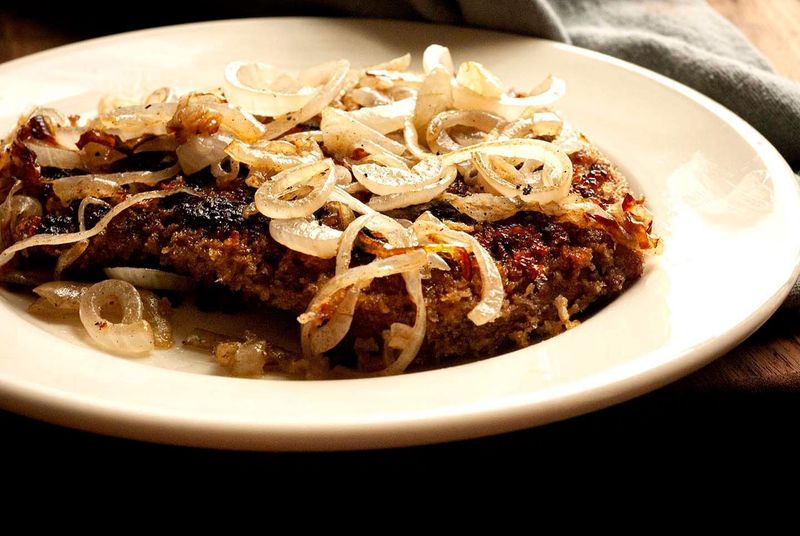
Liver and onions, once a dinner table regular, now sits on the culinary sidelines. This dish, featuring tender liver slices topped with caramelized onions, was a childhood memory for many. In the post-war era, it was celebrated for its affordability and nutrient richness.
However, shifting dietary preferences have pushed liver and onions into obscurity. The strong flavors that once appealed to hearty appetites now seem outdated to modern palates. Yet, for those who remember its rich aroma and unique taste, it holds a special place in the annals of American home cooking.
Jell-O Salad

Jell-O salad, a staple of mid-century American cuisine, was once the highlight of potluck gatherings. Known for its wobbly texture and rainbow hues, it combined gelatin with canned fruits, vegetables, and sometimes even cottage cheese. This dish symbolized innovation and convenience.
Today, however, the Jell-O salad has lost its shine in the era of fresh, unprocessed foods. Its artificial colors and sugary content have less appeal among health-conscious consumers. Nonetheless, its quirky charm and vivid colors still evoke memories of festive family celebrations and neighborly gatherings.
Ambrosia
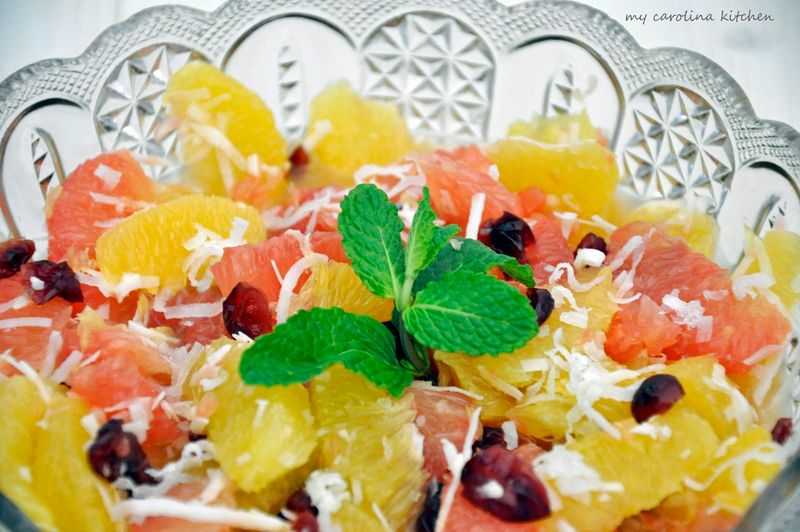
Ambrosia, a Southern classic, evokes images of family reunions and Sunday suppers. This fruit salad, with its mix of citrus, coconut, and marshmallows, offered a sweet escape from everyday meals. Its layers of flavors and textures once delighted palates across the South.
However, in today’s fast-paced world, the preparation of ambrosia seems too time-consuming for some. Modern tastes often lean toward simpler, fresher options. Despite this, ambrosia still holds a nostalgic allure for those who remember its unique blend of tropical tastes and celebratory associations.
Chipped Beef on Toast

Chipped beef on toast, affectionately known as SOS, was once a staple in military mess halls. This dish consisted of thinly sliced beef in a creamy white sauce served over toast. It was both economical and filling, making it ideal for feeding large groups.
As home cooking evolved, this dish lost its place in the family meal repertoire. Healthier options became more popular, leaving chipped beef to fade into memory. Yet, for veterans and their families, it remains a nostalgic nod to shared experiences and a chapter of culinary history.
Aspic

Aspic, a culinary art once emblematic of sophistication, involved suspending ingredients like meats or vegetables in gelatin. This dish graced many formal tables, admired for its visual appeal and intricate preparation.
Over time, the labor-intensive nature of aspic and the preference for fresh ingredients led to its decline. The once-popular gelatin molds are now rarely seen outside of culinary schools. For those who experienced its elegance firsthand, aspic remains a symbol of a bygone era, capturing the creativity and flair of post-war dining.
Tomato Aspic

Tomato aspic, a variation of the classic aspic, offered a savory twist with its tomato juice base. This dish, often seen at formal gatherings, added a touch of color and creativity to the dining table.
As culinary tastes shifted towards simplicity and freshness, tomato aspic’s role diminished. The complex preparation process and the rise of new salad options contributed to its decline. For those who enjoyed its tangy flavor and unique texture, tomato aspic remains a nostalgic reminder of culinary innovation and artistic presentation.
Corned Beef Hash

Corned beef hash, a comforting breakfast dish, combines corned beef, potatoes, and onions into a savory medley. This hearty fare was a favorite during wartime rationing, providing nourishment and warmth.
In recent years, its popularity has waned as lighter breakfast options gained favor. Despite this, corned beef hash holds a special place in the hearts of those who grew up enjoying its robust flavors. Its comforting essence and simplicity evoke memories of family breakfasts and cozy kitchen gatherings.
Salisbury Steak

Salisbury steak, a dish resembling a hamburger steak, was once a diner favorite. It features ground beef seasoned and formed into patties, often smothered in rich gravy and served with mashed potatoes.
Although it was a beloved comfort food, the rise of gourmet burgers and other meat dishes led to its decline. Today, Salisbury steak is often overshadowed by more modern flavors. Yet, it remains a nostalgic comfort for those who cherish its hearty taste and the cozy memories of classic American diners.
Egg Cream

Egg cream, a beloved New York City soda fountain beverage, contains no egg and no cream. Made with milk, seltzer, and chocolate syrup, it was a fizzy delight for those seeking refreshment in the city’s heat.
Over the years, changing soda preferences and the decline of local soda fountains led to its near extinction. Despite this, egg cream holds a cherished place in the hearts of New Yorkers who remember its unique flavor and the lively atmosphere of soda fountain gatherings.
Hoppin’ John

Hoppin’ John, a traditional Southern dish associated with New Year’s Day, combines black-eyed peas, rice, and pork. It symbolizes good luck and prosperity, making it a cherished meal during celebrations.
However, modern dietary trends and the availability of diverse cuisines have overshadowed this dish. For those who continue the tradition, Hoppin’ John remains a flavorful reminder of cultural heritage and the hope for prosperity. Its comforting taste and cultural significance still resonate with those who appreciate its historical roots.
Welsh Rarebit

Welsh rarebit, a dish adored for its rich cheese sauce poured over toast, was a culinary favorite in English-style pubs. The savory sauce, made with cheese, beer, and spices, offered warmth and comfort.
Today, this dish is rarely seen outside of specialty establishments, with changing tastes leaning toward more contemporary cheese dishes. Yet, Welsh rarebit continues to be a nostalgic choice for those who savor its unique blend of flavors and its connection to English culinary traditions.
Mock Turtle Soup
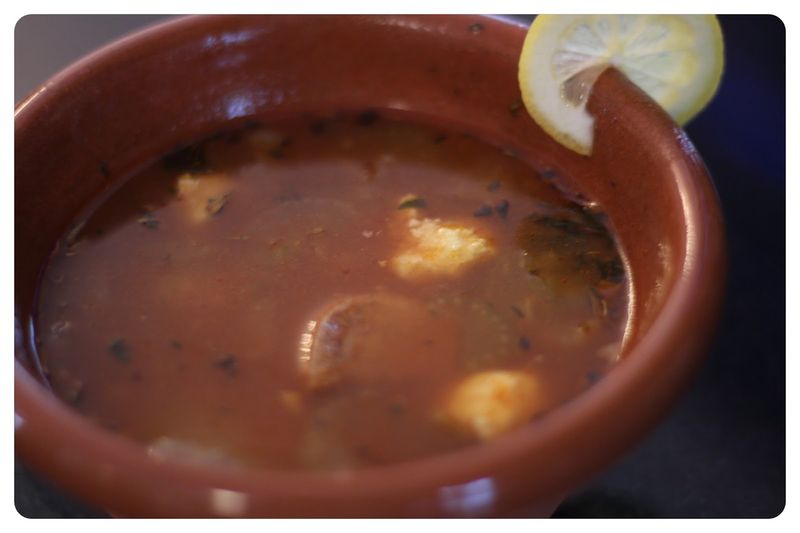
Mock turtle soup, a culinary invention dating back to the 18th century, mimicked the flavors of turtle soup using calf’s head or veal. This rich, flavorful broth was a symbol of indulgence and creativity.
As culinary trends evolved, the complex preparation and changing tastes led to its decline. Despite its obscurity, mock turtle soup remains a fascinating chapter in culinary history, admired for its ingenuity and the storytelling it inspired. For those familiar with its robust flavor, it continues to evoke a sense of culinary adventure.
Stuffed Bell Peppers
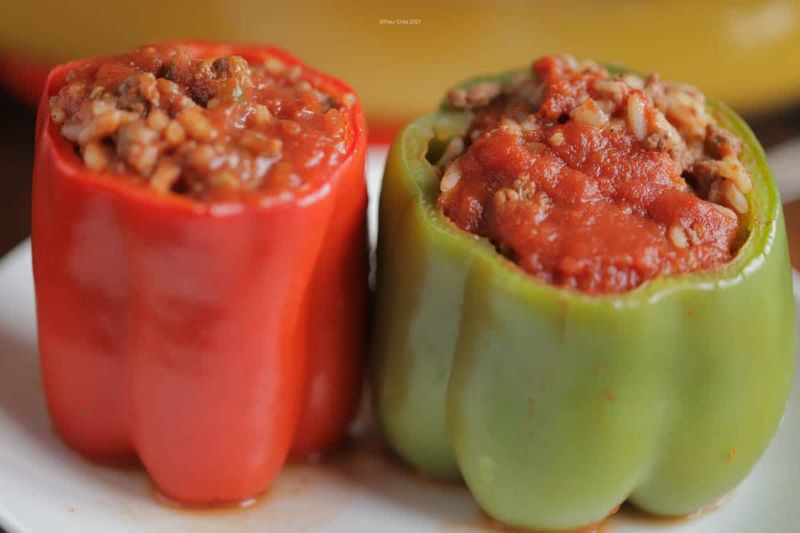
Stuffed bell peppers, a mid-century comfort food, featured vibrant peppers filled with a savory mix of ground meat and rice. This dish was appreciated for its versatility and satisfying flavors.
As culinary preferences shifted, more exotic and lighter fare took precedence, leading to its decline. Yet, stuffed bell peppers hold a nostalgic charm for those who remember family dinners centered around this colorful and wholesome meal. Its hearty composition and homey taste remain a beloved memory for many.
Deviled Ham

Deviled ham, a spreadable meat product, was a staple at picnics and casual gatherings. Encased in small cans, it provided a convenient and flavorful filling for sandwiches and snacks.
The rise of fresh deli meats and changing health trends have made deviled ham less popular today. Nevertheless, it remains a nostalgic symbol of convenience and ingenuity in mid-20th-century dining. For those who enjoyed its spicy kick and ease of preparation, deviled ham continues to evoke memories of leisurely outdoor meals and simple pleasures.
Beef Wellington

Beef Wellington, a dish of elegance and flair, was a centerpiece at upscale dinner parties. With beef tenderloin wrapped in a delicate puff pastry, it symbolized culinary sophistication and skill.
As dining trends shifted towards simplicity and health consciousness, Beef Wellington’s rich composition led to its decline. Yet, it remains a cherished dish for special occasions, capturing the artistry and indulgence of gourmet cooking. For those who have savored its luxurious flavors, Beef Wellington stands as a testament to culinary mastery and refinement.
Oysters Rockefeller
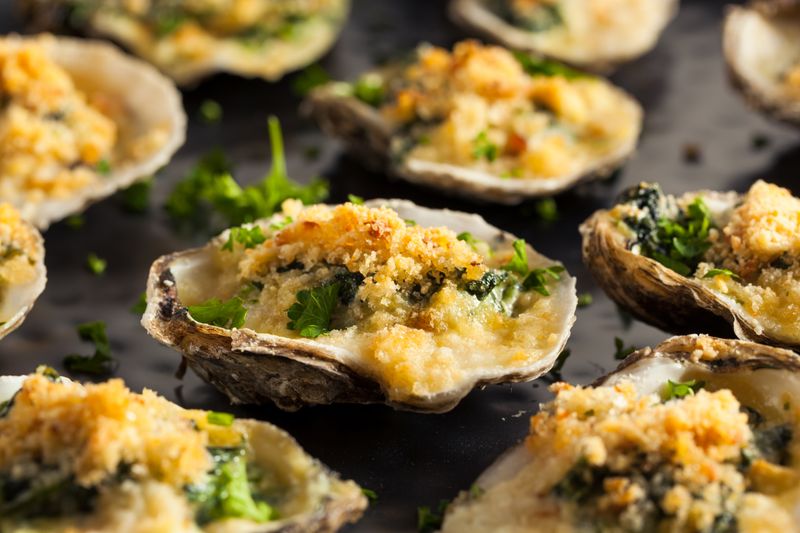
Oysters Rockefeller, named for the richness of John D. Rockefeller, was a luxurious appetizer featuring oysters topped with a green herb sauce and breadcrumbs. This dish was synonymous with fine dining and opulence.
As seafood preferences evolved and sustainability became a focus, Oysters Rockefeller found a smaller audience. Despite this, it remains a symbol of culinary extravagance and innovation, appealing to those who appreciate its decadent origins and historical allure. Its legacy endures in the world of haute cuisine.
Chicken a la King

Chicken a la King, with its creamy sauce and tender chicken pieces, was a favorite during the mid-20th century. Served over rice or toast, it offered a comforting and filling meal for families.
With the shift towards lighter cuisine and international flavors, Chicken a la King saw a decline in popularity. However, it remains a nostalgic reminder of home-cooked meals and family gatherings. For those who relish its creamy texture and savory taste, it continues to evoke warm memories of communal dining and culinary nostalgia.
Baked Alaska

Baked Alaska, a dessert of dramatic flair, features ice cream and cake enveloped in meringue, briefly baked to a golden finish. Its theatrical presentation made it a showstopper at mid-century dinner parties.
As dessert trends shifted towards simplicity, the elaborate preparation of Baked Alaska led to its decline. For those who experienced its fiery presentation and delightful contrast of textures, it remains an unforgettable treat. Baked Alaska’s legacy persists as a symbol of creativity and celebration in the world of desserts.
Leave a comment